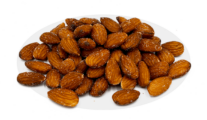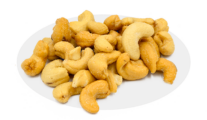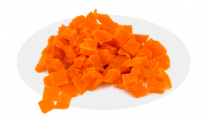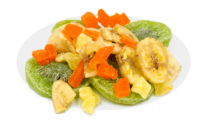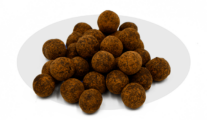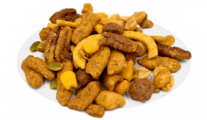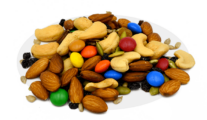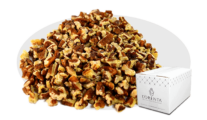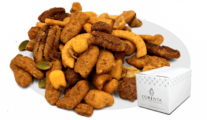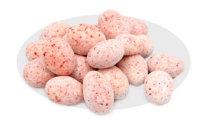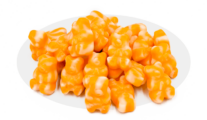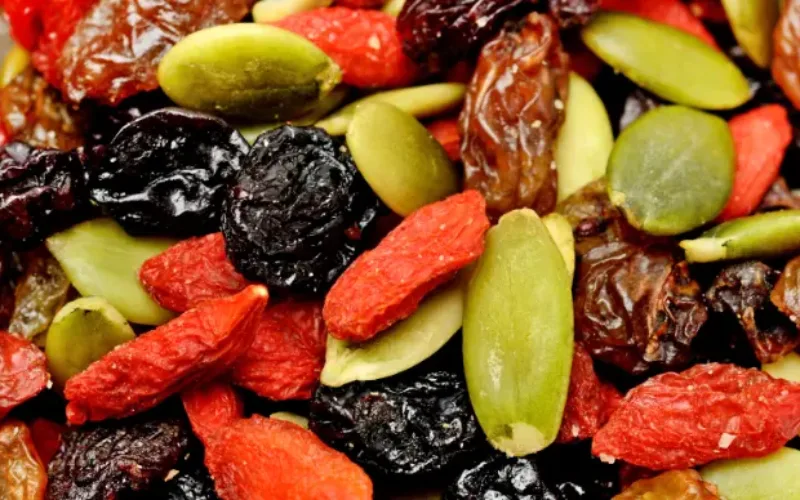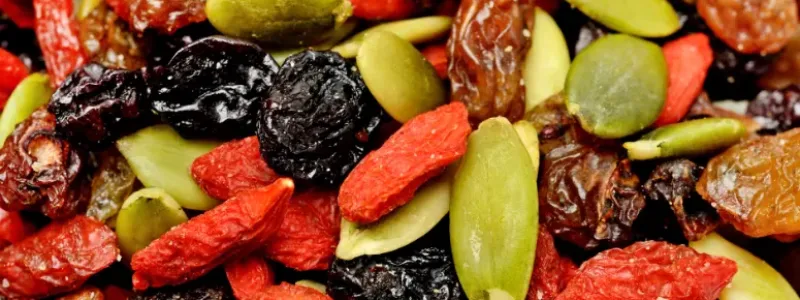Written By Sam Henselijn
Pecans, everybody loves to eat pecans. They are incredibly rich, delicious, and have a premium buttery flavor. People snack on them or add them to various recipes, including cakes, salads, etc. But what exactly are these fruits? Where do they come from? Here is a guide to pecans.
What are Pecans?
Pecans are tree fruits belonging to the hickory family. They are native to North America. They also have a delicious flavor and crispy texture. Pecans have a nutty, delicious, and buttery flavor. They can be eaten raw, fresh, and roasted. They are also used in various recipes. People all over the world highly rate pecans because of their rich flavors. They are usually added to luxury nut mixes. People also bake them as snacks or desserts after adding sugar and other spices. Click here to get our Pecan Midget Pieces. They are an excellent addition to your nut mixes and cakes.
A high percentage of the United States pecan crops comes from Texas, New Mexico, and Georgia. Currently, Mexico is the largest producer and supplier of pecans, while the United States comes second. Wild pecans were a crucial food source for indigenous people in North America. People have been cultivating pecans for commercial use since the 1800s.
Are pecans a nut?
One of the essentials of a guide to pecans is knowing whether
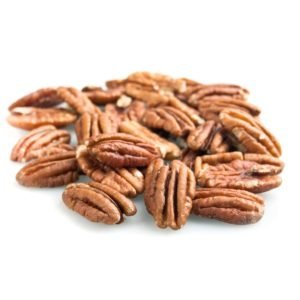
pecans are nuts or not. To answer this question, Pecans are not nuts from a botanist point of view. Many consumers believe that as long as a fruit is round, small, natural, crunchy, and dry, it is a nut. However, that is not true. So, while consumers look at the fruit, a botanist looks at the whole plant. Botanical nuts are dry fruits with a single seed in a hard ovary wall that is non-splitting. A nut’s outer shell does not open without an external force.
Pecans, on the other hand, have their seeds inside a stone fruit or drupe. A drupe has a fleshy outer part encircling the pit that embodies the seed, unlike nuts with a hard outer shell. For numerous drones, the juicy and succulent parts of the fruits are eaten while the pits are discarded. The same is not for nut-like drupes. We remove the outer layer, also known as the hush, and eat the seed in the pit.
How to Roast Pecans
Roasted pecans are better than toasted pecans. Although people use the word interchangeably, they are different. When you toast pecans, only the outer parts are browned. However, when you roast pecans, both the exterior and the inner parts are cooked through. You can also add your roasted pecans to your salad or just snack on them
Use the following steps to roast your pecans halves:
- Preheat your oven to 300°F
- Spread your pecan halves evenly on a cookie sheet or half sheet pan
- Break salted butter into small pieces and add to your pecan halves
- Add sprinkles of salt all over the pecan halves
- Put the pan in the oven and leave for 10 minutes. After which, you will turn the pecans gently as you stir.
- Leave for another 10 minutes. However, you have to keep checking to avoid them getting too brown
- Finally, remove your pecan halves from the oven and leave them to cool.
If you love toasted pecan halves, but don’t want to go through the
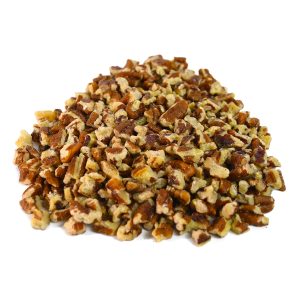
stress of making them, do not worry. All you have to do is click here to get your natural pecan halves. You will enjoy every crunchy bite.
How Long Does it Take a Pecan Tree to Product?
When you plant a pecan seed m, it can take as much as 10 to 15 years before you get a significant production of pecans. On the other hand, if you use a grafted pecan tree instead of a pecan seed, you will start harvesting pecans in three to four years.
Pecans can also grow as tall as 70 to 100 feet. They also can spread as much as 60 to 70 feet across. Additionally, pecan trees can live up to three hundred or more.
When is Pecan Season?
Pecan trees need a lot of effort, attention, and time before you
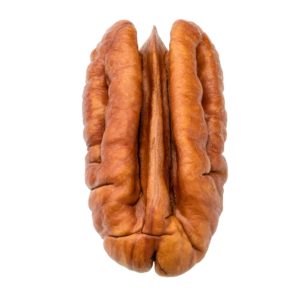
can start to harvest their fruits. Throughout the Pecan harvest period, they fall from the tree once they are mature. Pecan season is always between October and December. They usually grow from April to September.
Additionally, pecan trees produce new leaves later than numerous other fruits and nuts. In a warmer climate like Texas, pecan trees start blooming in March. For different climates and locations, pecan trees bloom in April and even May.
Final Thoughts
With a guide to pecans, you can know everything about this peculiar fruit. Not only are pecans delicious, but you would also enjoy the numerous nutritious and health benefits that come with them. Click here to get our delightful Pecan Medium Pieces. Each bite will excite your taste buds and leave you wanting more.
Sam Henselijn Author’s Biography – Meet L’Orenta Nuts CEO
Copyright 2024 L’Orenta Nuts
L’Orenta Nuts proudly holds the SQF food safety certification, symbolizing our unwavering dedication to upholding the highest standards of food safety and quality. This certification guarantees that our products undergo rigorous scrutiny, ensuring transparency, traceability, and adherence to global food safety regulations for the utmost consumer confidence.
L’Orenta Nuts has the HACCP (Hazard Analysis and Critical Control Points) certification is a systematic approach to identifying, evaluating, and controlling food safety hazards. It ensures that food products are produced and handled in a manner that minimizes risks and complies with safety standards.
Our GMP (Good Manufacturing Practices) certification ensures that a manufacturing facility adheres to comprehensive quality and safety standards while producing pharmaceuticals, food, and other consumer goods, promoting consistency, quality, and compliance with regulatory requirements.
L’Orenta is an FDA-approved manufacturing facility and has met the rigorous standards set by the U.S. Food and Drug Administration. It demonstrates compliance with regulations, ensuring the production of safe and high-quality food products.


